
Feature
Chasing Great Art: Warren and Marie Colbert
By Christy Pessemier | Header Image by Nancy Guth | September 2023
If you ask Warren R. Colbert, Sr., Chair of the Board of Trustees at the John & Mable Ringling Museum of Art, if he ever planned on being as involved as he is at the museum, he’ll tell you he never planned to be. In fact, he never planned on living in Sarasota either.
Warren recently retired as a Senior Vice President-Wealth Management at UBS Financial Services, and a former Wall Street financial advisor. His wife, Marie Johnson Colbert, is a well-known fashion icon and trendsetter. She retired from teaching at New York’s premier design school, and top design school in the world, the Parsons School of Design.
But technically, they aren’t really retired.
“When people ask what we’re retiring from, I tell them I retired from finance,” Warren said. “But I have an interest in the arts. That’s my life and my passion.”
As residents of Sarasota with a summer retreat in New Rochelle, NY, the Colberts have an active and busy life, having relationships with several art museums in Florida and New York City.
When asked about what led him to his current position at the Ringling Museum, Warren shares fascinating stories about his journey from first discovering fine arts museums to starting his collection of great works from African American artists. He’s helped to both build and sustain a massive amount of interest in these wildly gifted artists whose works were previously marginalized…until just recently.
Listening to him speak, his passion and thrill comes across in his voice. He’s right where he needs to be. It’s very clear that art is not only his life but also his legacy.
“He loves it,” Marie says, laughing.
During their travels across Europe this summer, I spoke with this interesting couple as they sat on an ornate antique couch in the Hotel Imperial, an 1865 palace residence in Vienna, and talked about how it all began.
When Warren was in graduate school in the 1970s, he worked for the graduate school paper as a photographer. He used photography to relax. Warren shared he felt lucky to have been introduced to people who had a huge amount of influence on his journey into the art world—a White House journalist who befriended him, and photographers he’d read about in publications who were masters of their trade, and who are now famous.
After moving back to New York following graduate school, Warren visited NYC’s MoMA (Museum of Modern Art), his first encounter with a fine arts museum.
“I saw all these phenomenal works done by the masters,” Warren remembers. “And that encouraged me to get back into photography.”
That was right around the time Warren and Marie first met.
Marie was inspired by Warren’s emerging interest in collecting art and began collecting herself. She took a liking to Renè Lalique pieces.
“Warren is a collector. It’s in his blood,” she said.
While Marie was expecting their son, a close friend of Warren’s went to an auction and urged him to bid on a sitting with legendary African American photographer James Van Der Zee, who is known for his photographic chronicles of Harlem in the 1920s and 1930s. Van Der Zee, who has now passed, was 95 at the time. Warren won the Van Der Zee bid—a portrait of him and Marie.
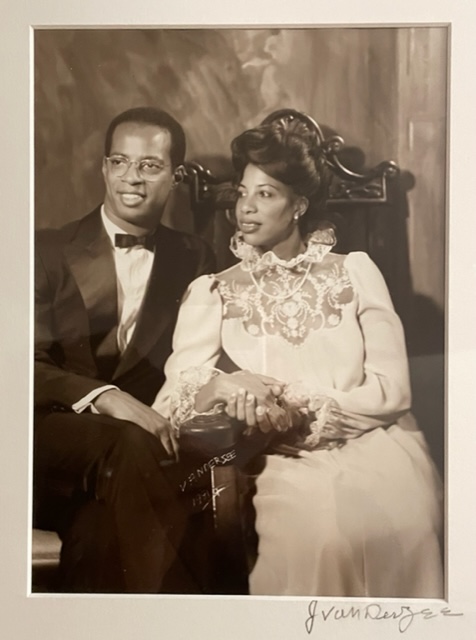
James Vanderzee (1886 – 1983) – “ The Colberts” – Studio sepia print with painted background – February 1981, 8 by 10 inches – Photo shot with Vanderzee’s original lens and camera setup from the early 1920s. His camera assistant was the currently renowned photographer Anthony Barboza. During the 1920s and 1930s Vanderzee produced hundreds of photographs recording Harlem’s growing middle class as well known personalities of the era, Marcus Garvey, Bill “Bojangles” Robinson, a. youthful painter 21 year old Jean-Michel Basquiat in 1982. Vanderzee was leading figure in the Harlem Renaissance.
Around that time, the news was broadcasting that men wanted women to go into the military draft, and Marie rocked the world with a fashion-trend concept she created in response to the changing times.
“This was 1980, it was controversial, and I took advantage of the time,” she said. “Women in the draft were going to wear camouflage, hot pants, jumpsuits, and camisoles.”
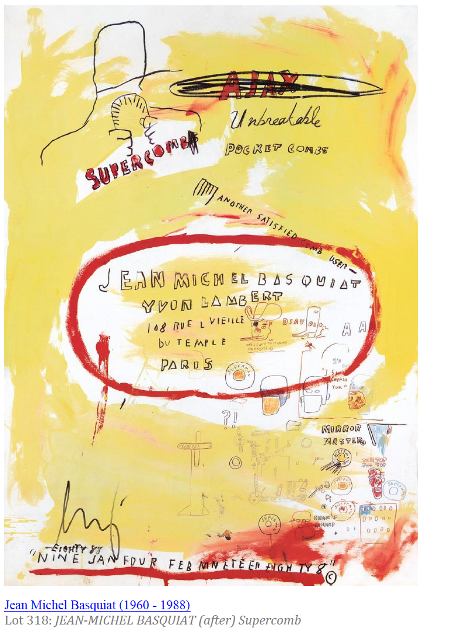
The only challenge was finding material that had the camouflage design (it didn’t exist outside the military) and was also durable enough for active women’s wear. Marie’s partner solved that by finding out who supplied the military, and her company bought the same military-issue rip-stop fabric for their trouser pants and sportswear clothing.
“It went crazy. US magazine did a huge article with several very popular fashion models. There were editorials in 53 national dailies with sales in Macy’s and Neiman Marcus. Everyone ran with it because it took off.”
Marie’s journey began at what she calls “the greatest fashion store in the world,” Bonwit Teller, and she had been featured in Life magazine with the company in 1970.
As a result of her keen sense of timing, her company will be forever known as the creator of the camouflage fad for women.
Given her understanding of color, and her instinct for the elements of merchandising and fashion—it makes sense that she shared the same enjoyment for collecting art that Warren did.
After the Van Der Zee sitting, Warren was advised by an art consultant friend in NYC to buy the works of Norman Lewis, an African American Abstract Expressionist of the 1930s and 40s, who had been tragically overlooked.
“He was a master, but he didn’t get all the proper press he should have because of the way times were back then,” Warren said. “Lichtenstein, Reinhardt, Jackson Pollack…all those guys got it, but Norman didn’t get it, although he was part of the Studio 35 Group.”
Darlene Johnson – New York City street artist during the i970s – oils on black velvet – 36 1/2 by 36 1/2 inches
A period art form
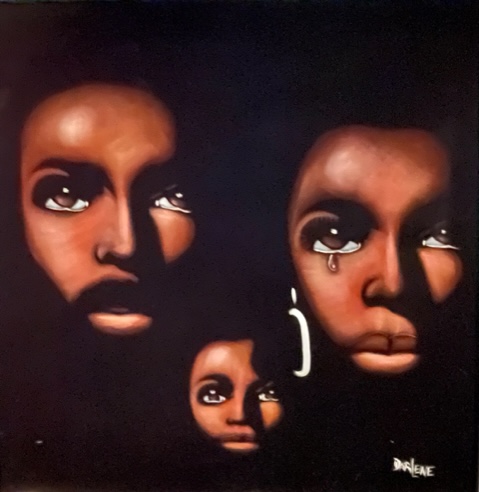
Not only did it bother Warren that Lewis wasn’t recognized because he was creating works during an era when African Americans were ignored for many contributions, but he felt deeply that Lewis’s works were one-of-a-kind and needed to be recognized.
Warren and Marie’s move to Sarasota was instrumental in this all coming about.
Despite thinking they’d never move to Florida, a good friend told them they needed to find a place in Sarasota. When another friend called and invited them to come down for the weekend, they agreed. It was March 2009, and the friend put together a cocktail party with 15 couples that the Colberts described as “fabulous.”
They couldn’t believe that this was Sarasota.
“We fell in love in one day,” Marie remembers. “It seemed to be so right on so many levels, and the art community put it over the top.”
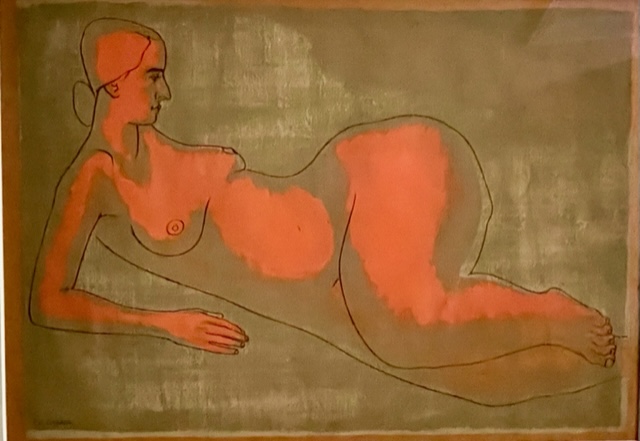
Roy Decarva’s (1919 – 2009) – Nude – color screen print on reddish brown wove paper, circa 1949, 10 1/2 by 14 3/4 inches – rare, Roy is acclaimed for his black and white images. Collaborated with Langston Hughes to produce the book, “The Sweet Flypaper of Life.” Roy is the godfather of the contemporary African American photographers. He was the principal founder in 1963 of “The Black Photographer’s Workshop” that is currently known as “Kamoinge”. Members that include Tony Barboza, Ming Smith, Adger Cowans, Lou Draper, John Pinderhughes, etc.
Not long after moving here, Warren began researching various artists in newspapers and would share with friends what was going on in the art world. Soon, he was hosting art salons in their home, introducing different artists. They brought in accomplished guest speakers from NYC who worked in the auction houses. One of those was a friend of the Colberts, Nigel Freeman, the director of African American Art at Swann Galleries in NYC.
It wasn’t long before Warren was approached by the former executive director at the Sarasota Art Museum, Anne-Marie Russell, to join the Museum Advisory Committee. His interest, passion, and knowledge of art caused him to be continually pursued by other museums as well.
According to Warren, Lewis’ works began to increase in value when a November 28, 2015, New York Times article, “Black Artists and the March into the Museum,” talked about how major art institutions were going to re-evaluate and start buying the works of African American artists.
“Major shows came up and several major museums in New York City started showing these artists,” Warren said. “The Swann Auction House, which was the largest auction house of African American artists, just blew up because these institutions began chasing Norman Lewis, Romare Bearden, and Ed Clark…all these great artists.”
“At the time, we were lucky to have owned many of their works,” he added.
In 2016, the Colberts attended a Norman Lewis Perspective showing at the Pennsylvania Academy of the Arts. Ruth Fine, the Curator at the National Gallery of Art in Washington, D.C., (now retired) organized the event. Frank Martucci, a Sarasota Ballet Board of Trustee member, and a close friend was involved as well.
“At the time, it was the most phenomenal show we’d ever been to,” Warren said. “An amazing display of Norman’s prolific strengths and works.”
Though Warren and Marie have over 100 paintings, countless artifacts, and many favorite artists, Norman Lewis, one of the first artists he discovered, is Warren’s favorite.
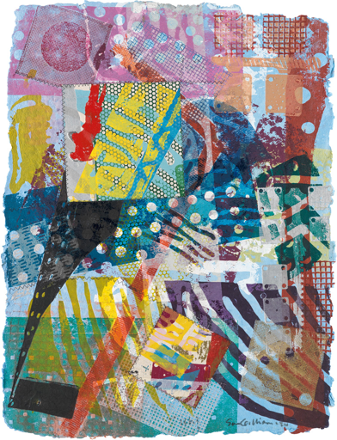
Another favorite is Sam Gilliam, whom Warren referred to when he was alive as “one of the last superstars on the planet.”
During the pandemic, Warren was concerned about museums. He reached out to Ringling Museum executive director, Steven High, and discussed the idea of doing a pop-up show. At first, High said it would be impossible because of the pandemic.
“I told him we need to do something to generate excitement, so I called up my friends in Sarasota who own works by Sam Gilliam,” Warren said. “I asked them if they would do me a favor and lend me their works for an exhibit at the Ringling Museum. Everyone I called said yes. We ended up with approximately 40 art pieces to choose from, most from the community, as well as a few from outside.”
“Once the works were selected for the exhibit, Steven curated the show with the assistance of Marian Carpenter, who at the time was the museum’s registrar.”
Not only was Warren able to pull off a pop-up show on Gilliam at the last minute, but the museum also had the good fortune of the exhibit being scheduled between a Pace Gallery showing in NYC and the upcoming Gilliam exhibit at Washington DC’s Hirshhorn Museum. This surprised the art community since it was structured during the throes of a pandemic.
Marie shared the immense and lasting impact this had on the community.
“That exhibit that Warren brought together on Sam Gilliam, the well-known African American artist, had exhibition donors were not all black,” she shared. “There were many diverse contributors.”
“It was people coming in from all sides…that’s what was happening,” she continued. “It’s bringing great talent out—that’s what Warren and I have been all about throughout our careers and our lives. It’s the crossover that we are interested in—for works to be out there because of their greatness.”
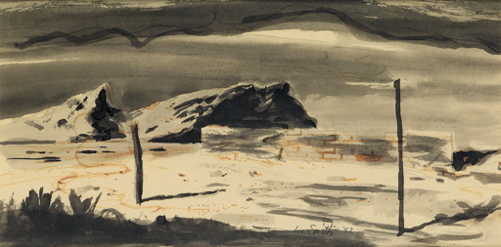
The Ringling College Gallery featured a story of 50 years in fashion, about Marie’s works. Marie will be included in an upcoming fashion book about her career in NYC, her background in the fashion industry, manufacturing, retailing, consulting, and education.
And now, having just visited 10 countries in Europe in celebration of their retirement—everything is richer when viewed through their artistic appreciation.
Sometimes, following a hobby you’re passionate about can lead down all kinds of roads you never expected, opening a world of beauty, fascination, and wonder.
“I enjoy talking to the artists and curators. They see the world differently,” Warren says. “It’s a refreshing approach to how we exist on this planet. When you look at their visions, their works on paper…they’re wired differently.”
“It gives me hope that we’re going to make it.”



You must be logged in to post a comment Login